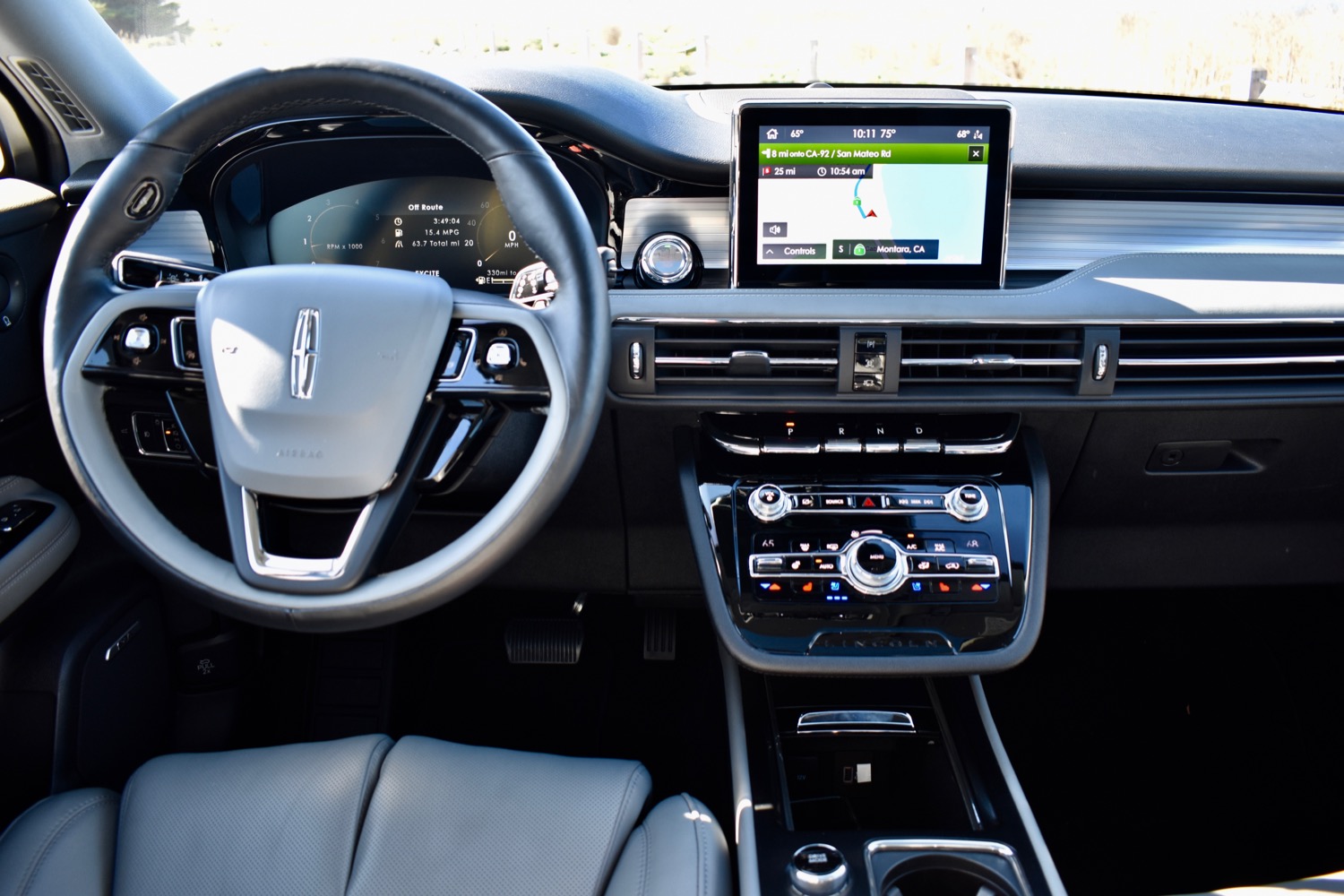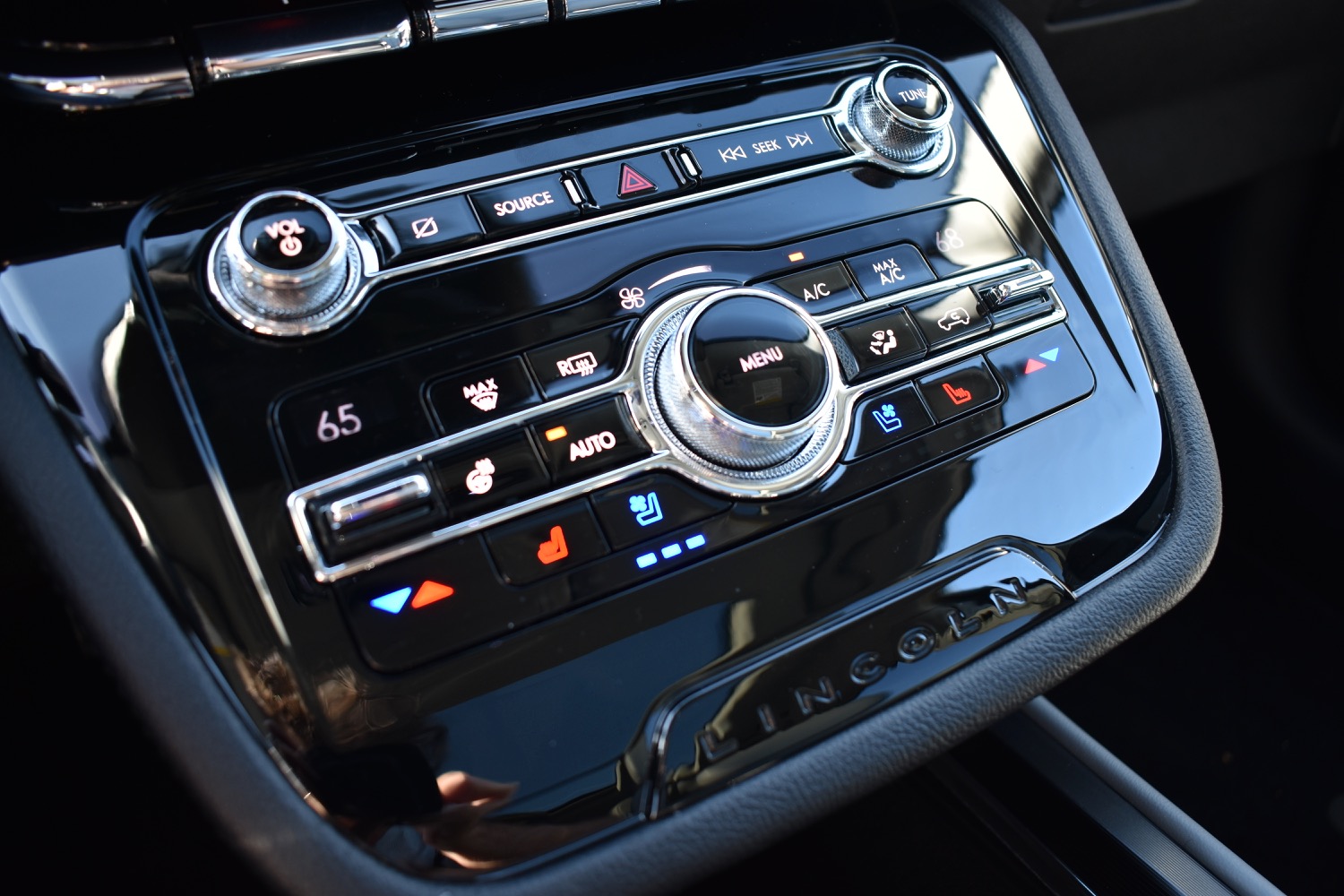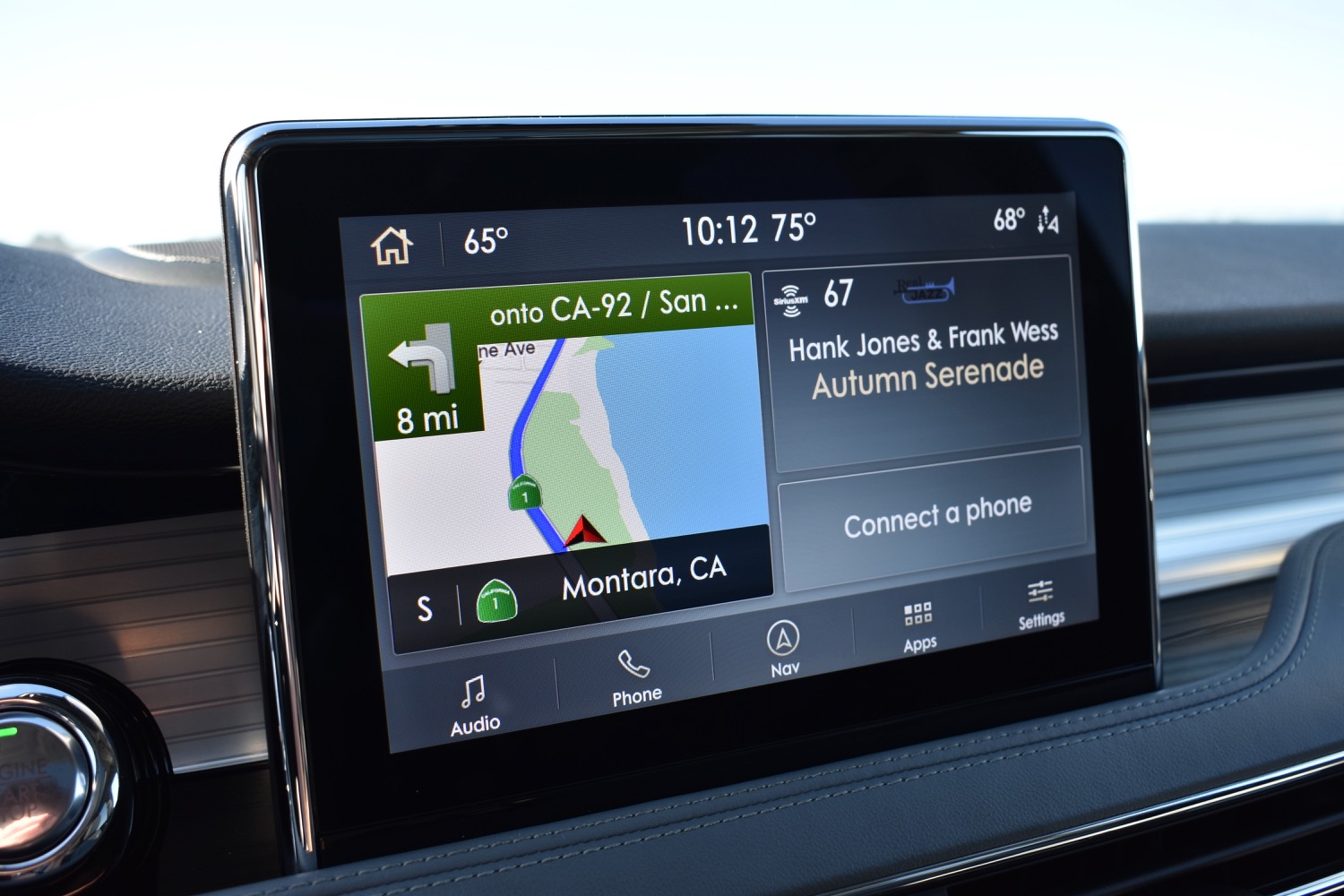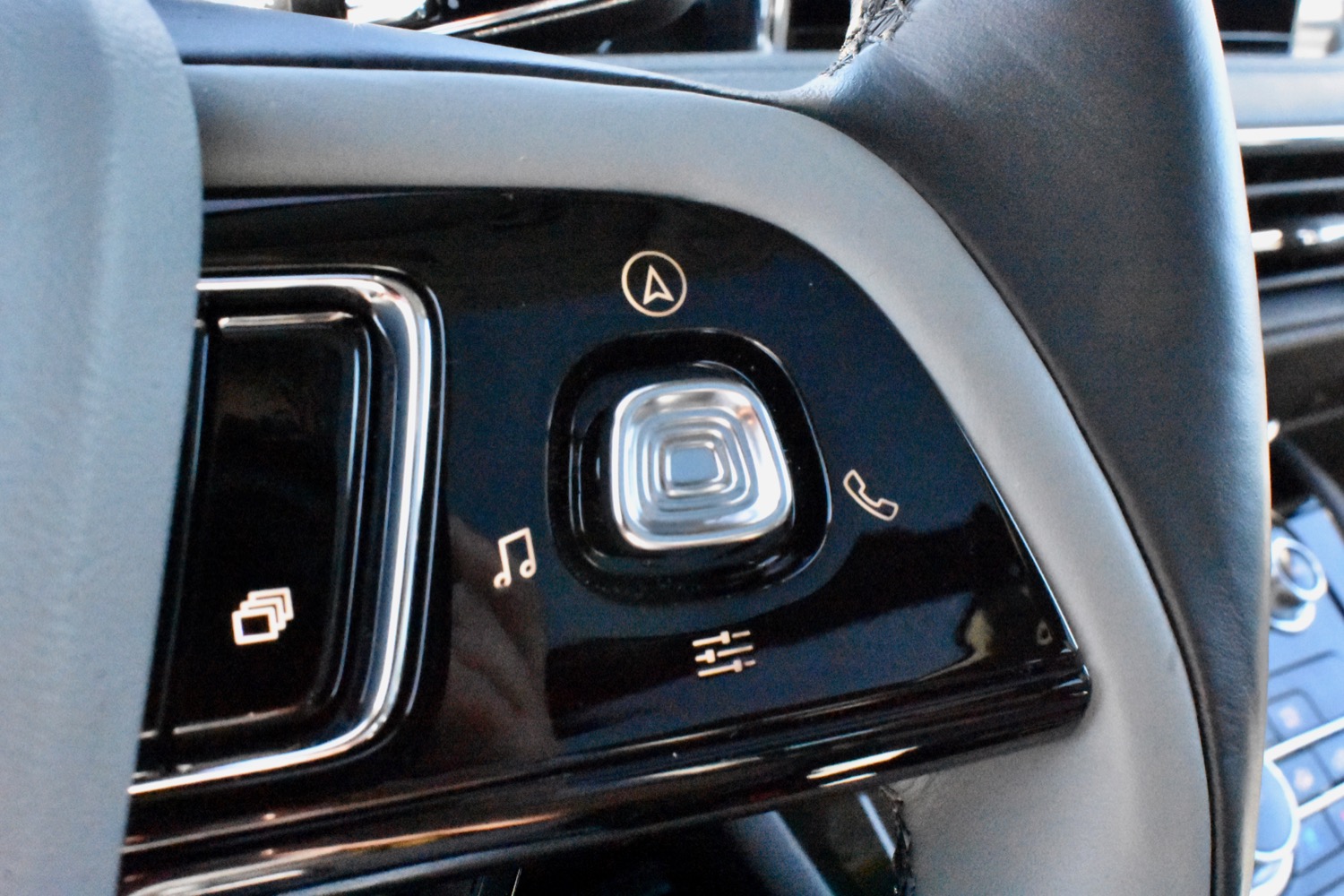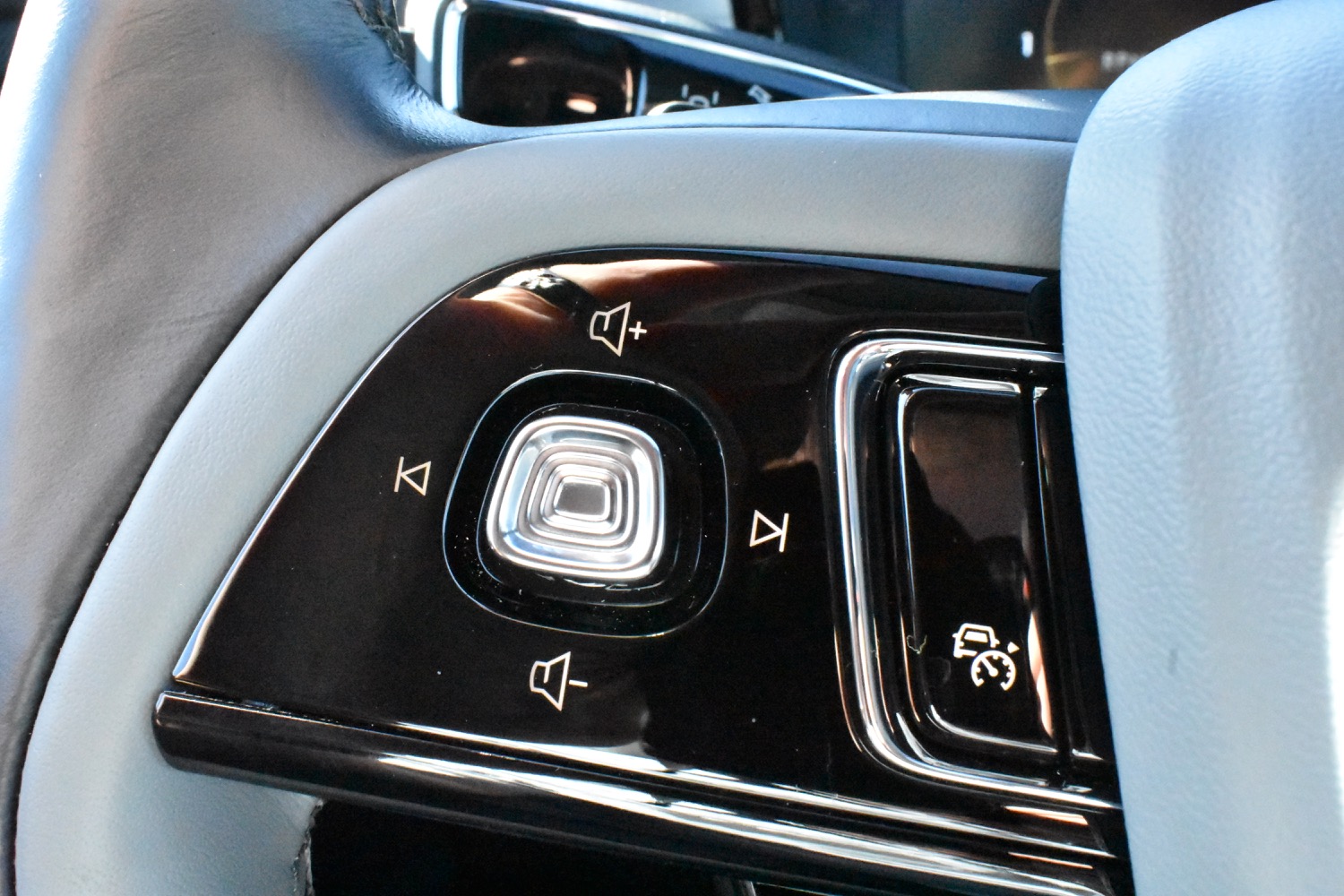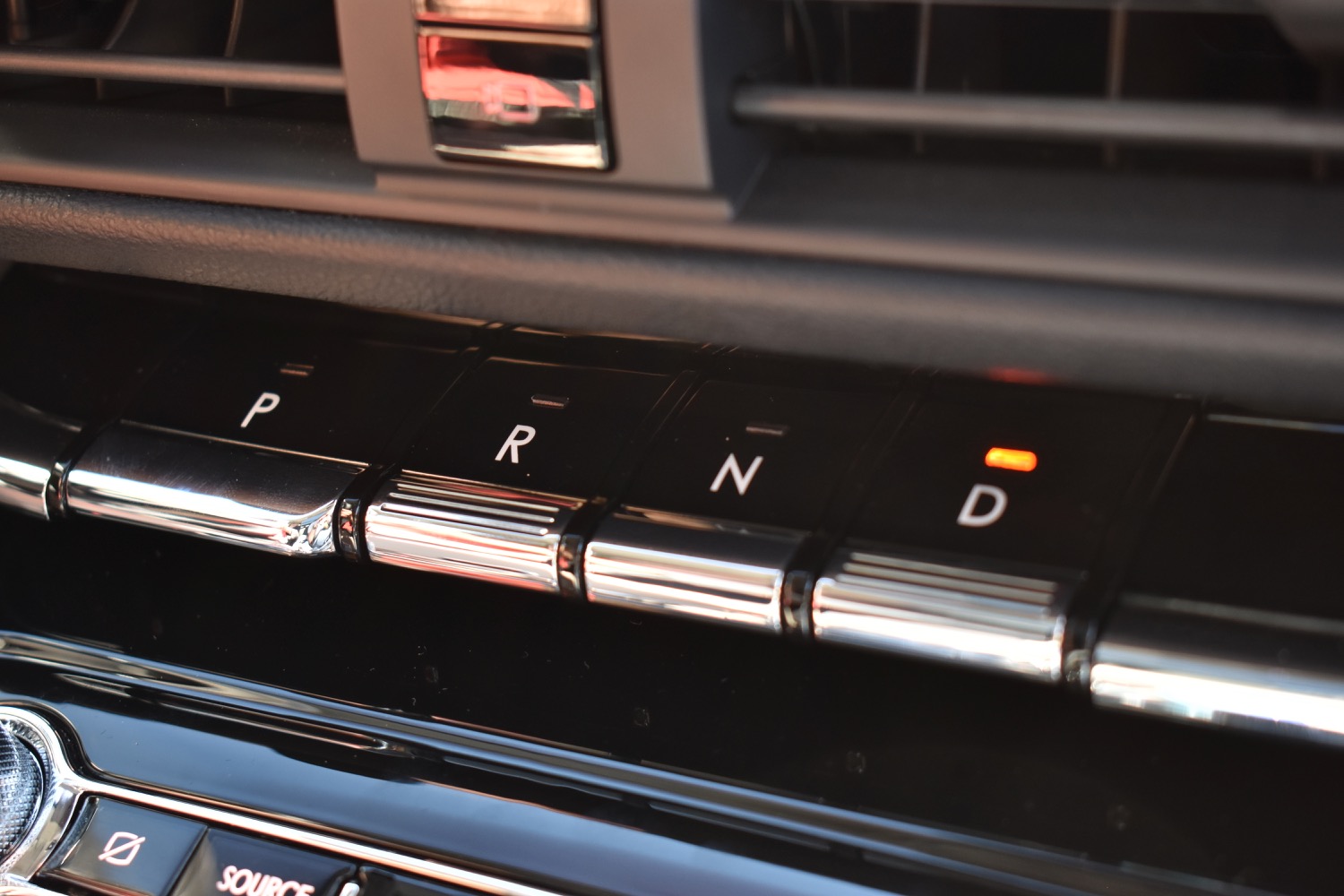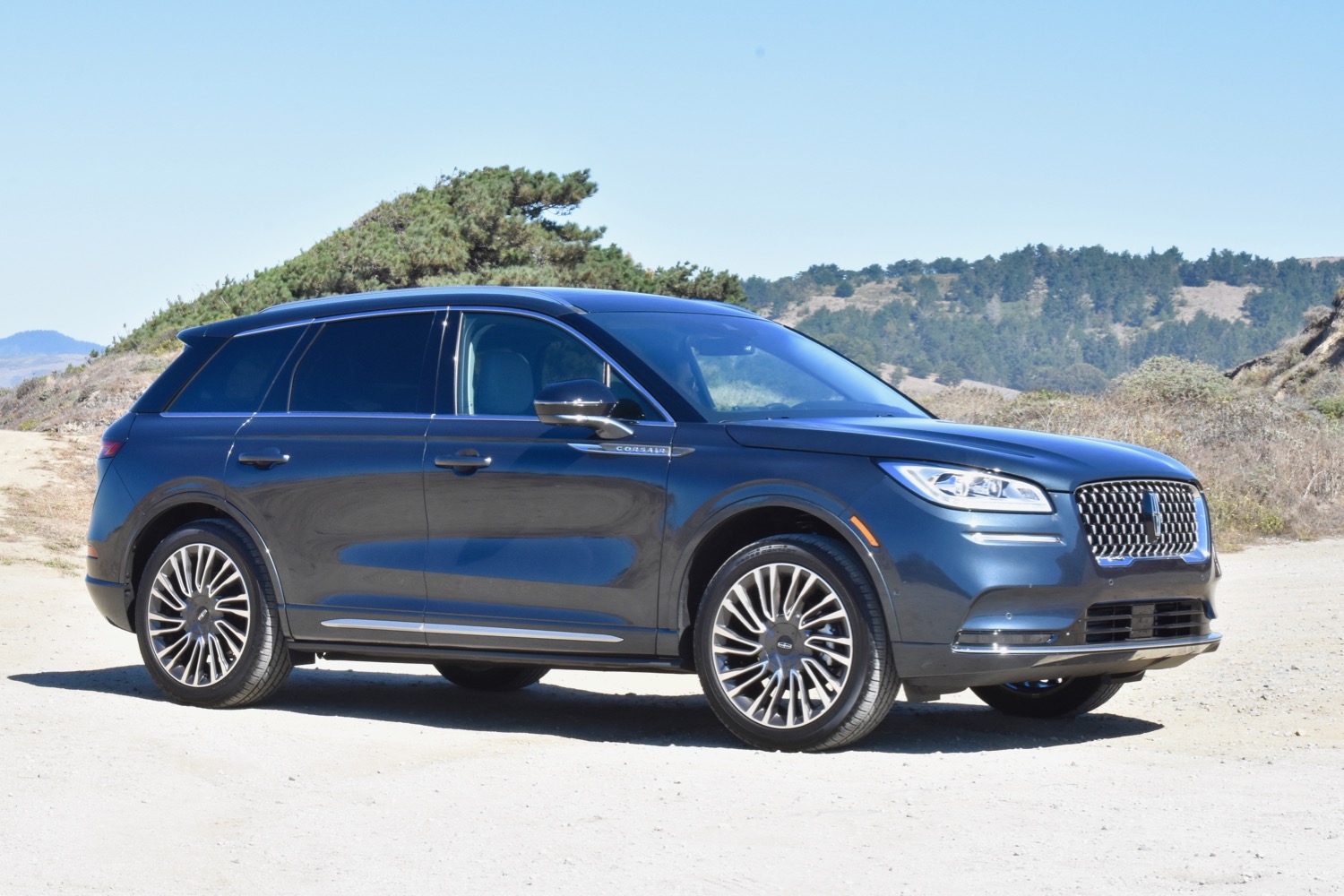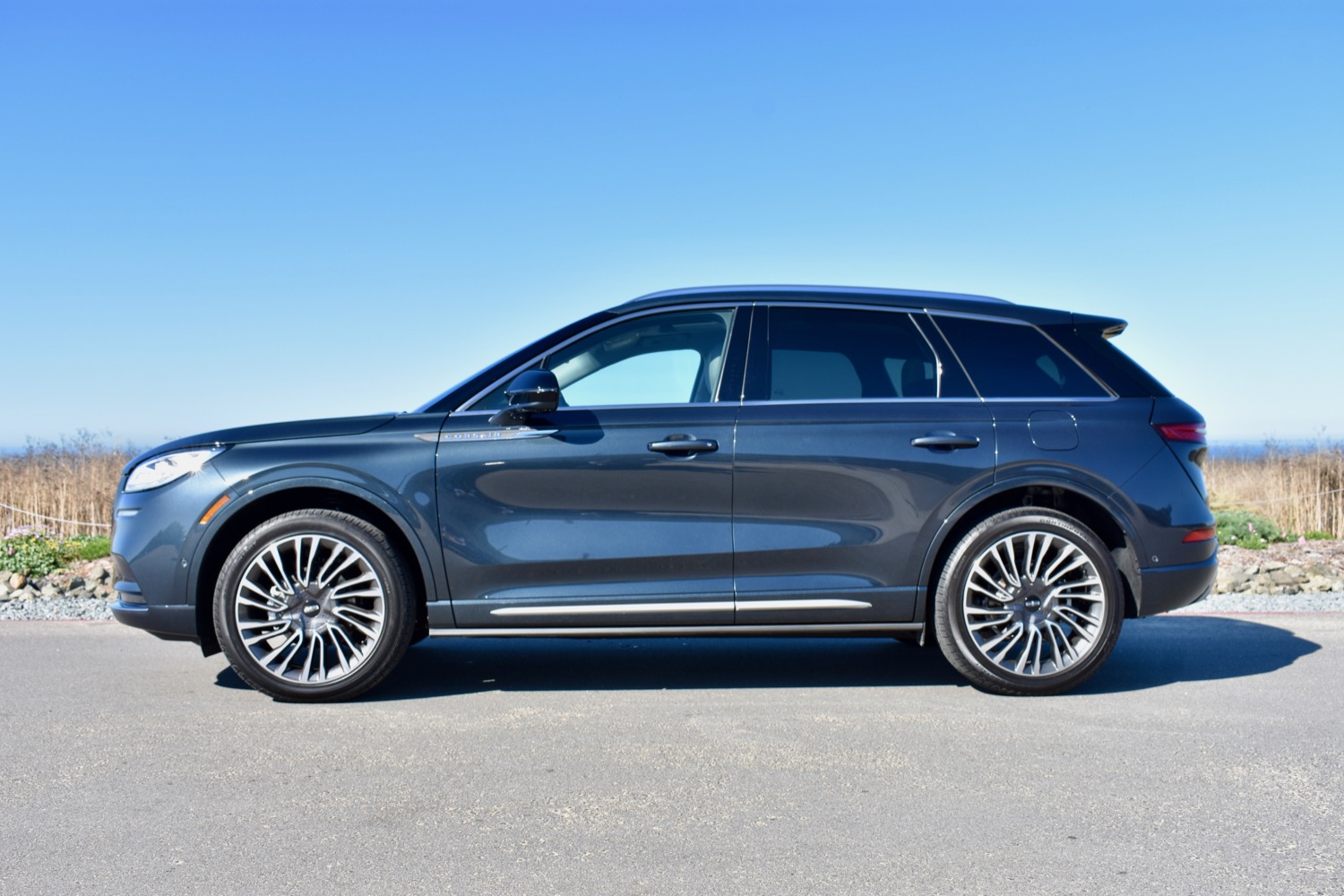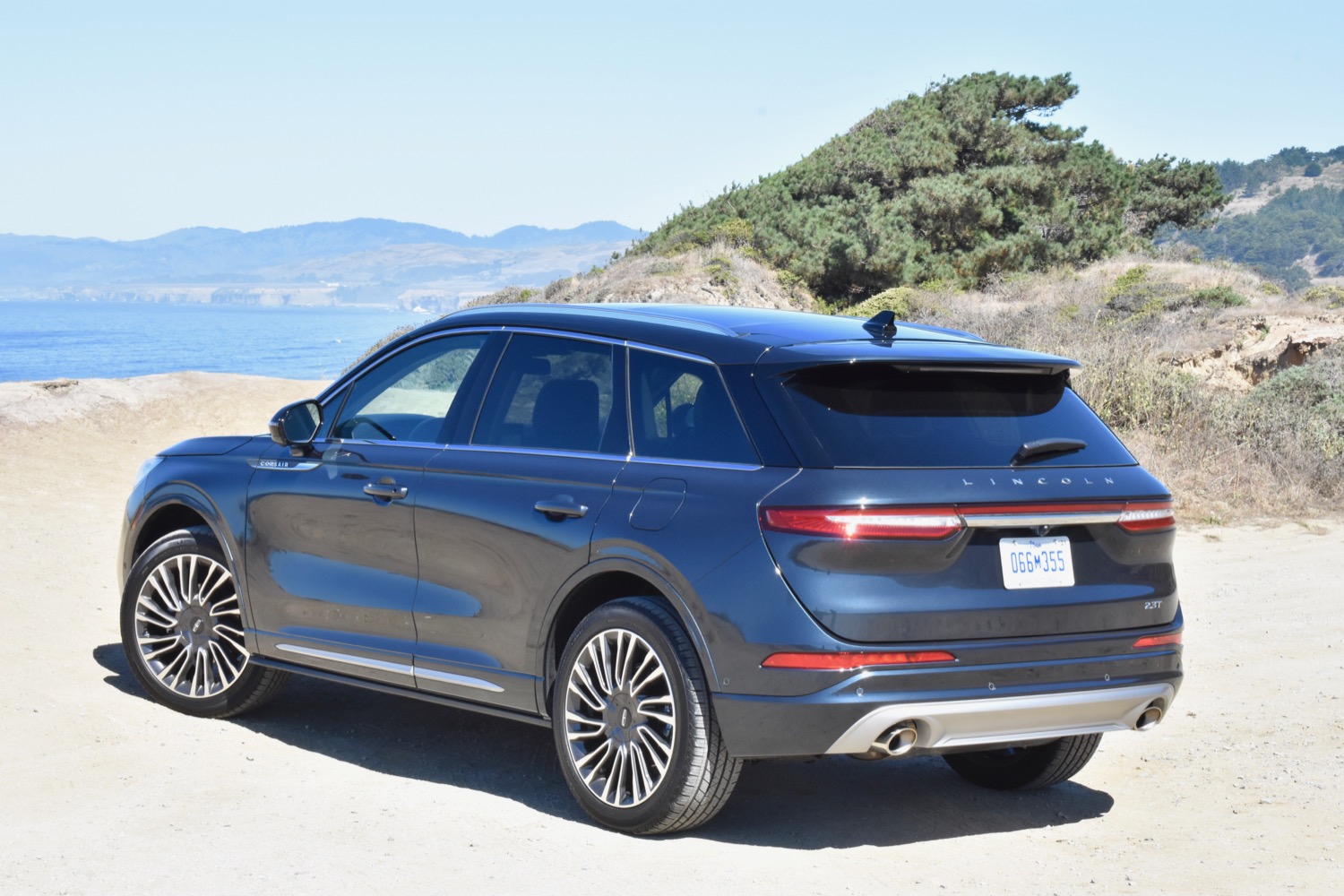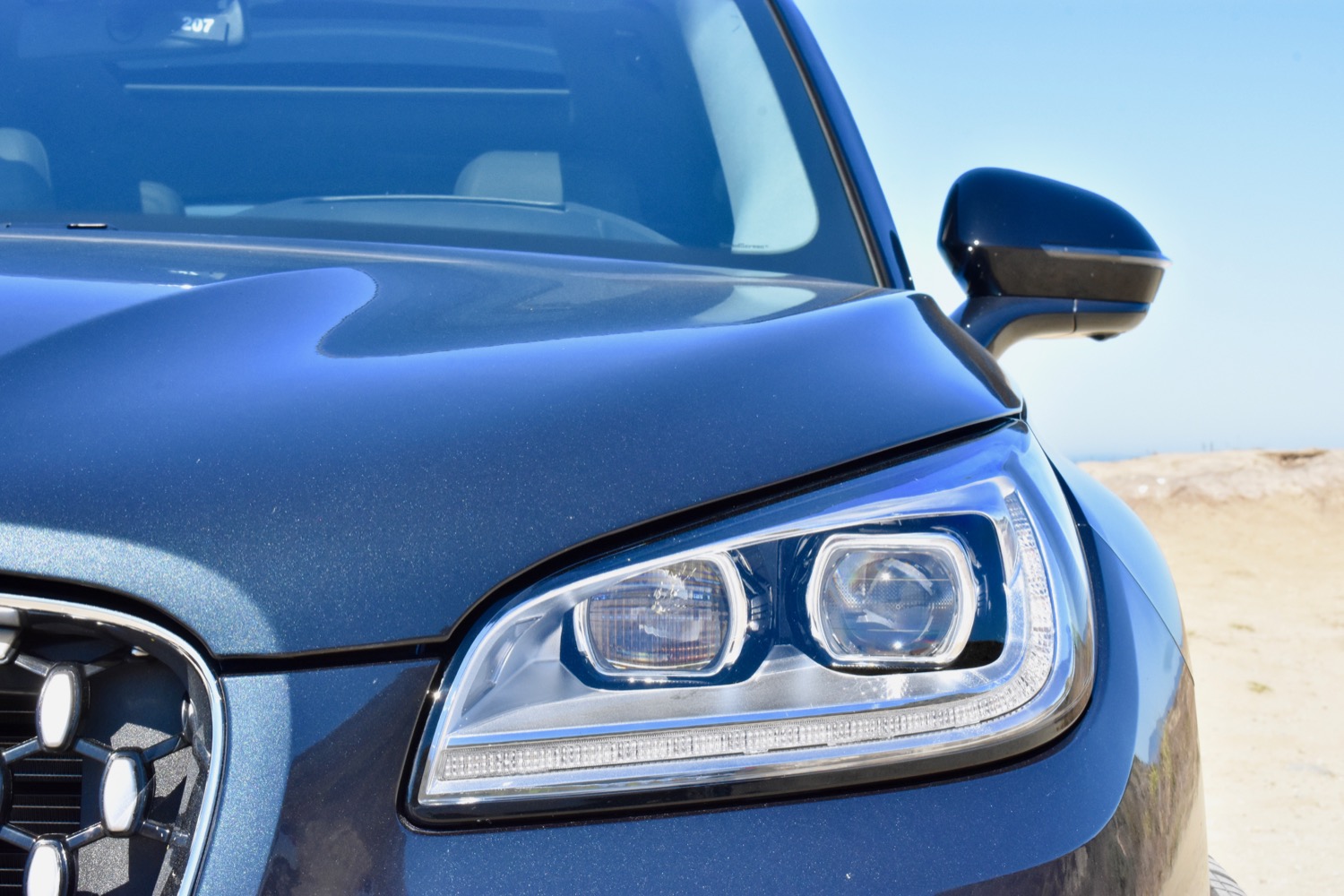“Lincoln's Corsair is a refreshingly comfortable take on small luxury SUVs.”
- Well-designed interior
- Intuitive tech
- Ample power
- Comfortable ride
- Chassis can't keep up with the engine
- Gets pricey with options
The 2020 Lincoln Corsair is oddly named. Lincoln chose the name based on its original Latin meaning, which translates to “journey” or “course.” But “corsair” is also a synonym for “pirate,” as well as the name of a World War II fighter plane, and a lesser-known Marvel Comics character (who is a space pirate). The Lincoln Corsair doesn’t have the aggressiveness of fighter aircraft or pirates (real or fictional). But that’s alright.
The Corsair replaces the MKC as Lincoln’s smallest crossover. That means it must do battle with models like the Lexus NX, Volvo XC60, Acura RDX, and a host of German options. Many vehicles in this segment, particularly the aforementioned Acura and the BMW X3, emphasize sporty handling dynamics to justify their price premiums over similarly sized crossovers from mainstream brands. Lincoln has gone for a more laid-back approach, emphasizing a quiet, comfortable ride and intuitive tech.
To see if that approach works, or whether the 2020 Corsair will just put people to sleep, Digital Trends accepted an invitation from Lincoln to drive the new crossover from San Francisco to Carmel, California. The 2020 Corsair has a base price of $36,940, but our test car was a Reserve model with the optional 2.3-liter turbocharged engine, as well as a host of tech and convenience features piled on. That inflated the as-tested price to $60,110.
Downsized luxury
Like the MKC it replaces, the Corsair shares a basic platform with the Ford Escape, specifically the redesigned 2020 model that will hit showrooms around the same time as the Lincoln. But inside and out, the differences between the two vehicles are significant.
Starting with the exterior, the 2020 Corsair adopts a downsized version of the styling cues introduced on the 2020 Lincoln Aviator. It’s pretty remarkable how well the styling scales down from the larger Aviator to the Corsair. In contrast to the car-like Escape, the Corsair has a more traditional SUV look, with a more upright roofline and the same blunt grille seen on most other recent Lincoln models like the Continental.
To give the Corsair a more refined feel, Lincoln engineers added a double-walled dashboard to reduce noise from the engine compartment, and a different rear suspension setup from the Escape, which does more to isolate vibrations caused by road imperfections. The combination of a relatively tall roof and a low beltline give the cabin an airy, open feel, with excellent outward visibility. Lincoln also kept the Escape’s sliding second-row bench seat. The bench can move fore and aft up to 6 inches to increase passenger legroom or cargo space, as well as recline.
The combination of a relatively tall roof and a low belt line give the cabin an airy, open feel.
Ufront, the interior looks like a carbon copy of the Aviator and Navigator interiors. That’s definitely a good thing. The freestanding 8.0-inch touchscreen is well positioned, and Lincoln had the sense to include plenty of analog controls on a slab of dashboard positioned within easy reach of the driver. Instead of a shifter, you get piano-key-like buttons that free up space and look cool. The Corsair is also available with 24-way adjustable seats with massage. Extravagant options like that help build the Corsair’s luxury credentials, and the overall design makes the interior a nice place to be. However, materials were still a step down from the Aviator, even though our Reserve test car surpassed the larger Lincoln’s base price.
The Corsair offers more rear-seat legroom than an Acura RDX, BMW X3, and Lexus NX, while the Infiniti QX50 has about the same amount. The Infiniti and the BMW also offer substantially more cargo space.
Leave your keys behind
The 2020 Corsair gets the Lincoln “Phone As A Key” feature introduced on the 2020 Aviator. This allows you to use a smartphone in place of a key fob. Once the car is paired with a phone, the Lincoln Way app can lock and unlock the doors and start the engine. Several other automakers offer apps that can do those things, but the key fob still needs to be in the vehicle in order to drive away. Only Lincoln and Tesla offer the ability to completely replace the key fob with a phone, while Hyundai has announced similar functionality for the 2020 Sonata.

The feature uses a Bluetooth low-energy connection, so it will work even in areas without cell service, according to Lincoln. The connection is purely between the phone and the vehicle, which Lincoln claims will protect against hacking. If a phone is lost or stolen, vehicle access can simply be deleted remotely. Lincoln also included a valet mode, and a keypad on the driver’s door allows access if your phone battery dies.
We also used this feature during our first drive of the 2020 Aviator, and in both cases Lincoln provided a phone that had been paired with the vehicle ahead of time. As with our Aviator drive, we didn’t experience any issues when using the feature in the Corsair. The phone functions exactly like a key fob, even unlocking the doors automatically when you approach the car. But we didn’t have to set anything up ourselves, and can’t guarantee that real-world experiences will go as smoothly.
The Corsair allows you to use a smartphone in place of a key fob.
Another thing the Corsair inherited from the Aviator is intuitive tech. Like other Lincoln models, the Corsair runs parent Ford’s Sync 3 infotainment system, with standard Apple CarPlay and Android Auto, as well as a built-in Wi-Fi hot spot. The Corsair also gets the Aviator’s steering wheel controls, with small screens that show different icons depending on what function is selected. The voice control button is placed on the upper-left part of the steering wheel, making it easier to find without looking.
The Corsair is available with a 12.3-inch digital instrument cluster that, as on the Aviator and Navigator, includes cool animations for the different drive modes, and minimalist renderings for the virtual speedometer and tachometer. It’s nice to see an automaker trying to do something different with these displays. What’s the point of going digital if the animations still look like analog dials? The optional head-up display is easy to read, and doesn’t interfere with the driver’s forward vision.
Our test car also had the optional 14-speaker Revel Ultima audio system. The placement and calibration of each of those speakers is specific to the Corsair, according to Lincoln, and the system offers three levels of immersion – stereo, audience, and onstage. The sound met our expectations for an optional audio system with this level of engineering, but we’d also suggest that audiophiles check out the ELS Studio 3D system in the Acura RDX. The Corsair also makes its own music: Lincoln hired the Detroit Symphony Orchestra to record non-emergency signals, providing a classy way to let you know that you forgot to buckle your seat belt.
Taking flight
The Corsair may share its name with a fighter plane, but the driving experience is more akin to an airliner. This Lincoln has plenty of power, but it’s set up more for long-distance cruising than corner carving.
With nearly 300 hp on tap, we weren’t surprised to find acceleration to be pretty brisk.
The standard engine is a 2.0-liter turbocharged four-cylinder unit. Shared with the Ford Escape, it makes 250 horsepower and 280 pound-feet of torque. Those are decent numbers for a base engine in this segment. Our test car had the optional 2.3-liter turbo-four, which is used in everything from the Ford Mustang to the Explorer, making 295 hp and 310 lb-ft. Both engines come with an eight-speed automatic transmission. The 2.0-liter engine is available with front-wheel drive or all-wheel drive, while the 2.3-liter is all-wheel drive only.
With nearly 300 hp on tap, we weren’t surprised to find acceleration to be pretty brisk. We didn’t have a chance to drive a Corsair with the base 2.0-liter engine, but we feel even its 250 hp would be adequate in a vehicle of this size. The 2.3-liter engine has more power than the average Corsair driver will need, but isn’t that what luxury is all about?
The surge of acceleration is contrasted by the behavior of the Corsair’s chassis. The crossover showed impressive poise in corners. The optional adaptive suspension kept body roll in check while maintaining a smooth ride. But this is more a case of a vehicle tolerating the driver’s enthusiasm, rather than encouraging it. The Corsair is less Acura RDX or BMW X3, and more Volvo XC60. It offers a traditional luxury experience, best enjoyed at a slower pace.
The Corsair’s real strengths are its comfortable ride and quiet cabin. We spent an entire day cruising around Northern California in a Corsair, and at the end of it, we felt like we could have kept going until we reached the Canadian border.
The practical stuff
The 2.0-liter Corsair is rated at 25 mpg combined (22 mpg city, 29 mpg highway) with front-wheel drive, — all-wheel drive ratings haven’t been published yet. With the 2.3-liter engine, the Corsair is rated at 24 mpg combined (21 mpg city, 28 mpg highway). That’s slightly better than an all-wheel drive Acura RDX, but the BMW X3 xDrive30i is rated at 26 mpg combined with all-wheel drive. The Corsair actually offers slightly better combined and highway fuel economy than the Infiniti QX50, despite the latter’s efficiency-focused variable-compression-ratio engine.
The Lexus NX is available with a hybrid powertrain that achieves 31 mpg combined, while the Mercedes-Benz GLC and Volvo XC60 are available as plug-in hybrids that offer limited all-electric driving. The Corsair will also get a plug-in hybrid powertrain, but Lincoln won’t say when.
The Corsair comes standard with the Lincoln Co-Pilot360 bundle of driver aids, including autonomous emergency braking, automatic high beams, blind-spot monitoring, lane keep assist, and a driver attention monitor. Adaptive cruise control with lane centering, reverse autonomous braking, a 360-degree camera system, and a park assist system that can back the Corsair into a space with virtually no assistance from the driver are available as options. We think a luxury car should have adaptive cruise control as standard equipment, but in making it an optional extra, Lincoln is in good company.
Lincoln offers a four-year, 50,000-mile limited warranty, and a six-year, 70,000-mile powertrain warranty. Customers can have the dealership pick up the car and drop off a loaner if any work needs to be done on it. Whether that will be a regular occurrence is unclear, as it’s difficult to predict the reliability of new models like the 2020 Corsair. That also means safety ratings from the Insurance Institute for Highway Safety (IIHS) and National Highway Traffic Safety Administration (NHTSA) aren’t available at this time
How DT would configure this car
The gap between the 2020 Corsair’s $36,940 base price and our test car’s $60,110 sticker price would encourage us to choose options wisely. Options we would pick include all-wheel drive ($2,200), adaptive suspension ($700), head-up display ($1,700), 24-way adjustable seats ($1,100) and the Co-Pilot360 Plus package (which adds adaptive cruise control for $3,050). We would skip some of the cosmetic features our test car had, such as 20-inch wheels, and would strongly consider swapping the 2.3-liter engine for the 2.0-liter to keep the price reasonable.
Summary
Many luxury crossovers try to be sports sedans on stilts, but that isn’t the point of the 2020 Lincoln Corsair. From its well-designed infotainment controls to its smooth-riding suspension, every aspect of the Corsair is about making your life easier. The Corsair feels more like a true luxury car than most of its competitors, even if it can’t keep up with all of them on a twisty road. The same distinctive style and thoughtful design features that make Lincoln’s larger Aviator and Navigator SUVs so good is also present in the Corsair, helping it stand out in a crowded field.
Should you get one?
Yes. The 2020 Lincoln Corsair offers real luxury in a compact package.

